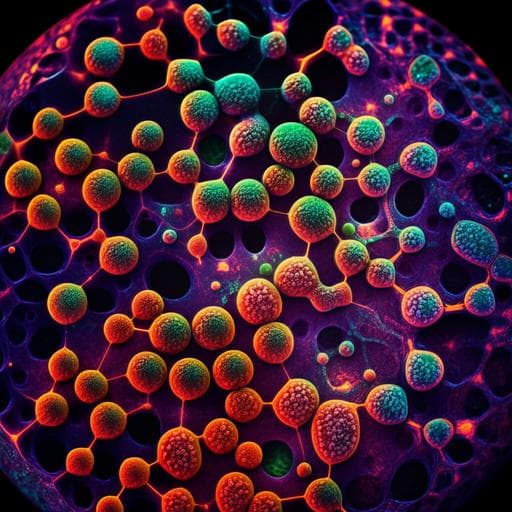
Medicine and Health
RapidET: a MEMS-based platform for label-free and rapid demarcation of tumors from normal breast biopsy tissues
A. V. G. K, G. Gogoi, et al.
Discover RapidET, a groundbreaking MEMS-based platform developed by Anil Vishnu G. K and colleagues for swift and label-free diagnosis of breast tumors. This innovative technology measures key tissue properties, revealing significant differences between tumor and normal tissues, enhancing accuracy in tumor demarcation.
~3 min • Beginner • English
Related Publications
Explore these studies to deepen your understanding of the subject.







